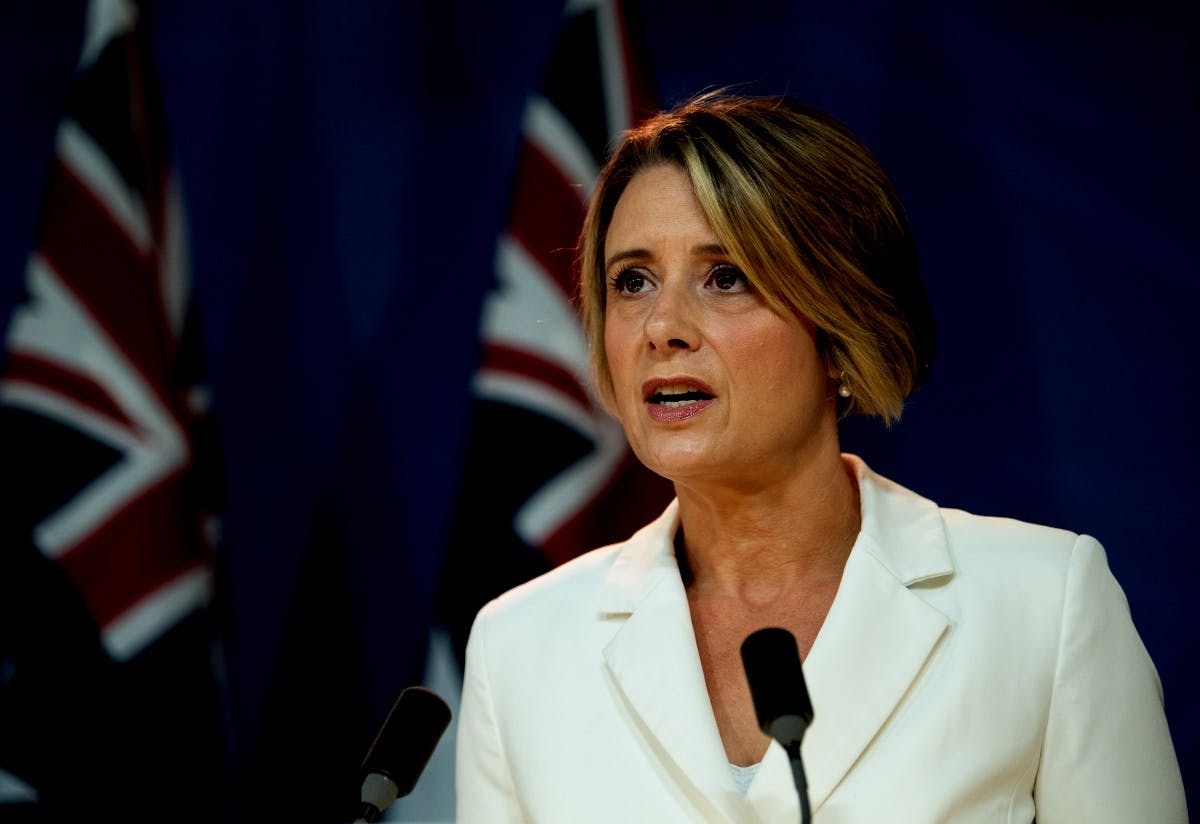Keneally is wrong. Migrants aren't the problem

Unsurprisingly, Pauline Hanson rushed to endorse Labor’s home affairs spokesperson Kristina Keneally’s “Australia First” comments about cutting and restructuring Australia’s immigration program in a post-pandemic world.
Keneally highlighted the stagnation in wages that workers have suffered over recent years. But migrants are not responsible for this. Austerity measures imposed by the capitalist class, backed by both Liberal and Labor governments, combined with harsh anti-union laws, have held down wages and resulted in a massive transfer of wealth from workers to the billionaire class.
Nor are migrants responsible for the current surge in mass unemployment. That is down to the reckless approach to health by governments all around the world, which have consistently made profit their priority over lives. Furthermore, an economic recovery after the pandemic will not be aided by slashing migration. It is a myth that keeping migrants out will shorten dole queues.
Rather, migrant bashing will be used by sections of the political establishment as a distraction as they attack workers’ living standards and cut basic services to restore business profits. The bosses have no intention of paying for the enormous debt burden that the crisis in their system has provoked. As in every previous capitalist crisis – from the Great Depression to the 2008 global financial crisis – they are determined to make us pay.
Workers need to be crystal clear that the capitalist class is to blame for this crisis. We need to gear up for a concerted fight to protect our wages and conditions. Workers won’t be able to defend their living standards if they fall for the nationalist anti-immigrant guff that will be used to divide us.
Nevertheless, there are massive problems with the current Australian immigration system. The problem is not, as the racists make out, that too many migrants are coming in. It’s that the structure of the immigration system revolves around serving business interests rather than meeting the needs of either migrants or Australian-born workers.
The rigidly controlled immigration system is all about maximising the profits of Australian companies. Australia has long been different to most other Western countries in that it has relied on high levels of migration to fuel the capitalist economy.
In the decades after the Second World War, hundreds of thousands of migrant workers were imported to slave away as factory fodder in the steel mills, car factories, metal shops and clothing factories and to build infrastructure projects. Huge fortunes were made from their backbreaking toil.
Migrants were initially viewed by bosses as cheap docile labour who would accept whatever crumbs were thrown to them. But it did not work out that way. A series of explosive struggles from the late 1960s onwards, in which migrant workers played a prominent role, such as the strike and riot that shut down the Ford Broadmeadows plant in 1973, showed that migrants were far from being compliant sucks for the bosses.
The successful industrial struggles of this period forced the wages share of national income to its highest ever levels. The bosses and their governments have spent the last 40 years trying to bring that back down.
Up until the early 1990s, the emphasis of immigration policy was overwhelmingly on permanent migration leading to full citizenship. However, over the last two decades there has been a marked turn away from permanent migration to temporary migrants on short-term visas. The temporary migration intake now exceeds permanent migration by a ratio of three to one.
The bosses today are not primarily after unskilled factory workers, as they were in the 1950s and 1960s. The temporary migrant intake is aimed at getting skilled workers as cheaply as possible.
Short-term temporary visas put migrant workers in a much more precarious position than other workers. This has been dramatically brought home in the current pandemic as workers on short-term visas have been denied welfare entitlements. This is an enormous saving for the capitalist class.
And the bosses also undoubtedly attempt to use temporary migrants to put a downward pressure on wages. The precarious position of workers on temporary visas makes it harder for them to stand up for their rights and go on strike, particularly because most unions, disgracefully, have not made a serious effort to organise them.
The way to confront this is not by banning migrants but by giving everyone on short-term visas the right to stay permanently.
The farming sector has become reliant on backpackers and temporary migrants from the Pacific islands to pick and harvest fruit and vegetables, supposedly because of labour shortages. But the prime reason they can’t attract labour is the harsh conditions, long hours and poor wages.
Improve these, and they would easily find workers for these vital jobs. The mining bosses manage to find workers to work in harsh, isolated places.
The way the priorities of capitalist competition and corporate profitability structure immigration is starkly illustrated in a series of other ways. The visa system discriminates against poorer working-class people, who are invariably denied entry.
There are very tight limits on family reunions – ageing parents and grandparents, sick children and spouses with limited educational qualifications are inhumanely classified as “burdens on the state” and kept out.
Then there is the appallingly low number of refugees allowed in. Of course, if you have plenty of money you can buy your way in. The special Business Innovation and Investment Program allowed in 9,051 investors with more than $1 million in business assets in 2016/17, while the Business Skills sub-category grants visas to those who open a business and transfer $500,000 in assets to Australia within two years.
Australia’s immigration system undoubtedly does need to be radically transformed: not to keep out or cut back the number of migrants, but to protect the rights of all working-class people, wherever they were born.